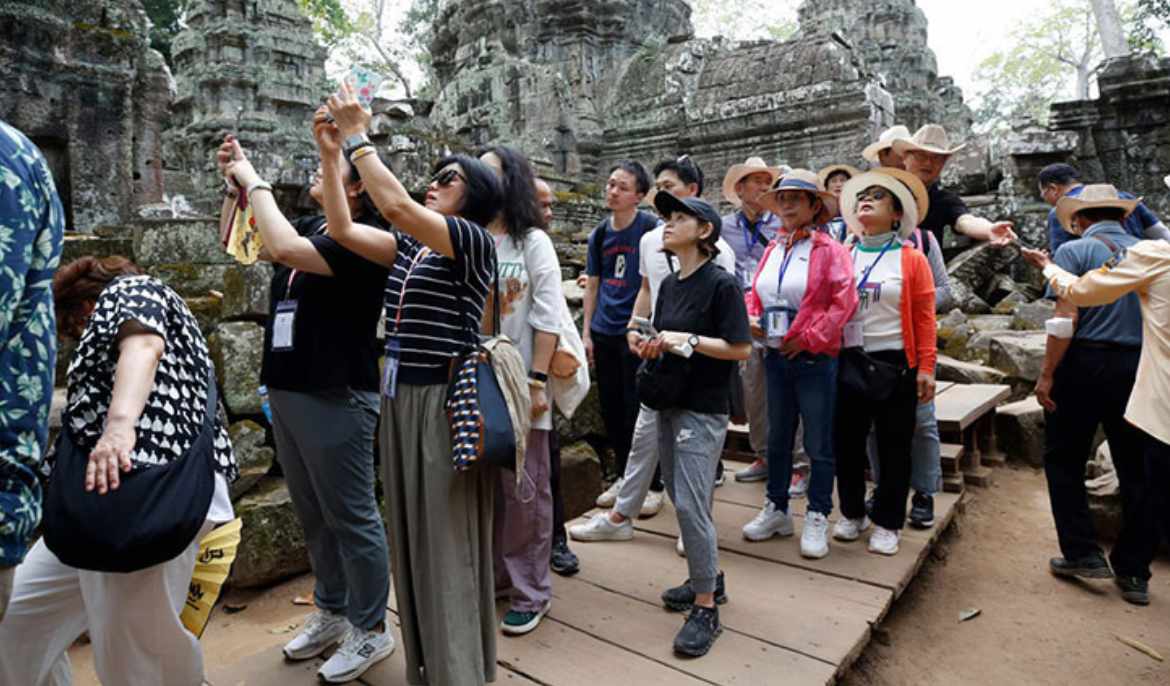Cambodia is poised to gain significantly from the proposed Unified Asean Visa—a Schengen-style initiative designed to enable seamless travel across six Southeast Asian nations: Cambodia, Thailand, Vietnam, Laos, Malaysia, and Myanmar.
This would be a game-changer for the tourism industry in the region, opening up new opportunities for international visitors to explore Southeast Asia without the hassle of applying for multiple entry permits.
Experts believe this unified visa system will not only simplify entry procedures but also boost Cambodia’s tourism sector by attracting more international travelers and enhancing regional connectivity.
Thourn Sinan, Chairman of the Pacific Asia Travel Association Cambodia chapter, emphasized that a unified visa would enhance Cambodia’s visibility among travelers planning multi-country trips in Asean. “Cambodia will no longer be just an add-on destination—it will become an essential stop on a seamless Southeast Asia journey,” Sinan said.
For countries like Cambodia, Laos, and Myanmar—whose economies are heavily reliant on tourism—the introduction of a unified visa system could significantly increase visitor numbers, providing a much-needed economic lift.
The influx of tourists is anticipated to stimulate various sectors of Cambodia’s economy—including hospitality, transportation, and retail—leading to job creation and increased income for local communities.
By aligning with neighbouring countries on tourism policies and infrastructure development, Cambodia can strengthen its diplomatic relations and increase its bargaining power in the global tourism market.
The unified visa initiative also provides an opportunity for Cambodia to showcase its rich cultural heritage and natural beauty. Simplified procedures could encourage more tourists to visit destinations such as Angkor Wat and the country’s beaches, thereby increasing international awareness and appreciation of Cambodia’s attractions.
Chheang Vannarith, Chairman of the National Assembly Advisory Council, said that a common visa will help distribute tourism more evenly across Asean. “Smaller markets like Cambodia can capture spillover benefits from major hubs like Thailand and Malaysia, encouraging longer stays and higher local spending,” Vannarith added.
On the other hand, Kim Heang, CEO of Khmer Real Estate, pointed to potential investment growth in hospitality, transport, and infrastructure.
He noted that more tourists mean more hotels, more restaurants, and more transport—it’s a domino effect. This visa could stimulate broader economic development beyond tourism.
Experts also cautioned about the importance of boosting local infrastructure while preserving the country’s rich cultural and historic heritage. “Overtourism can damage heritage sites if not managed carefully,” they added.



